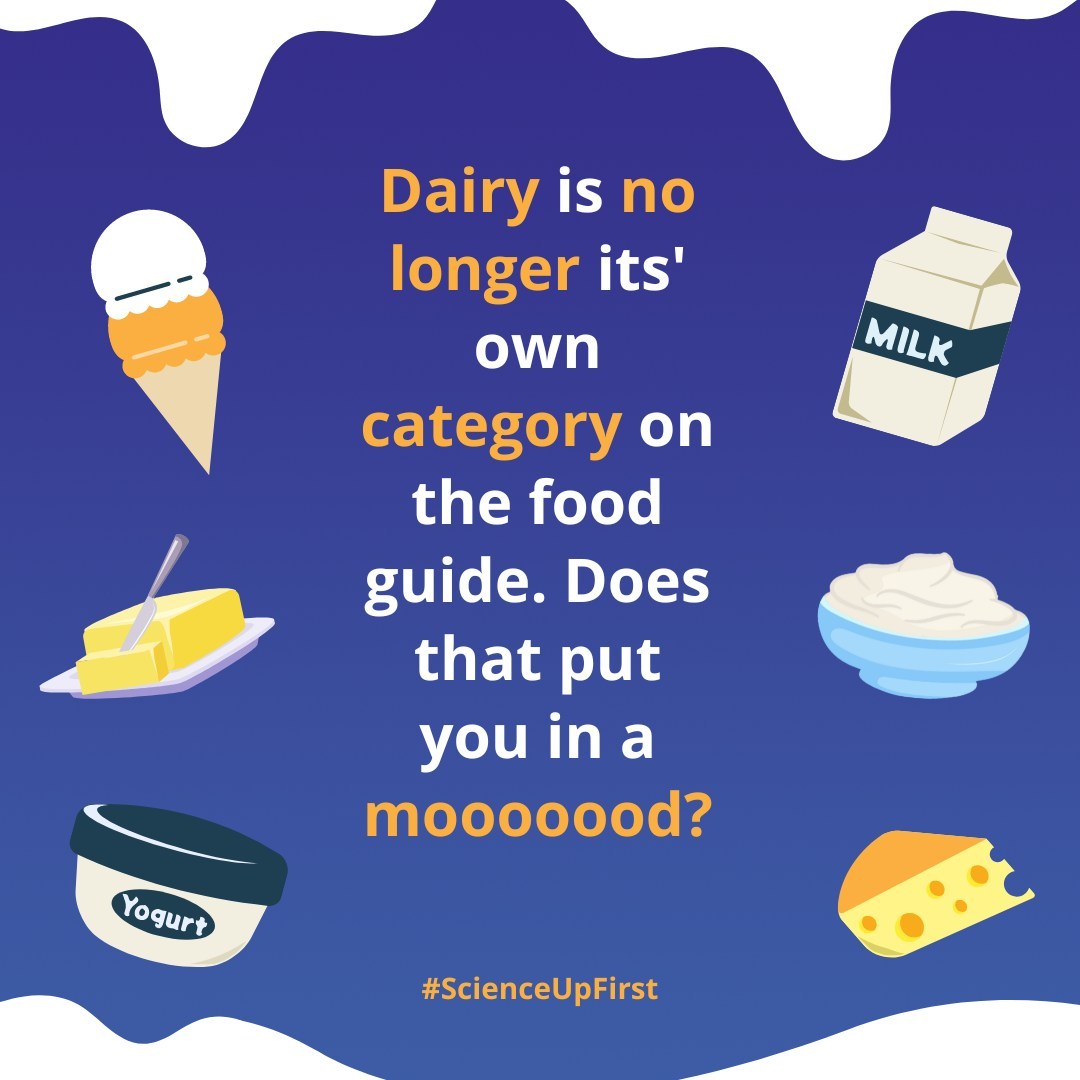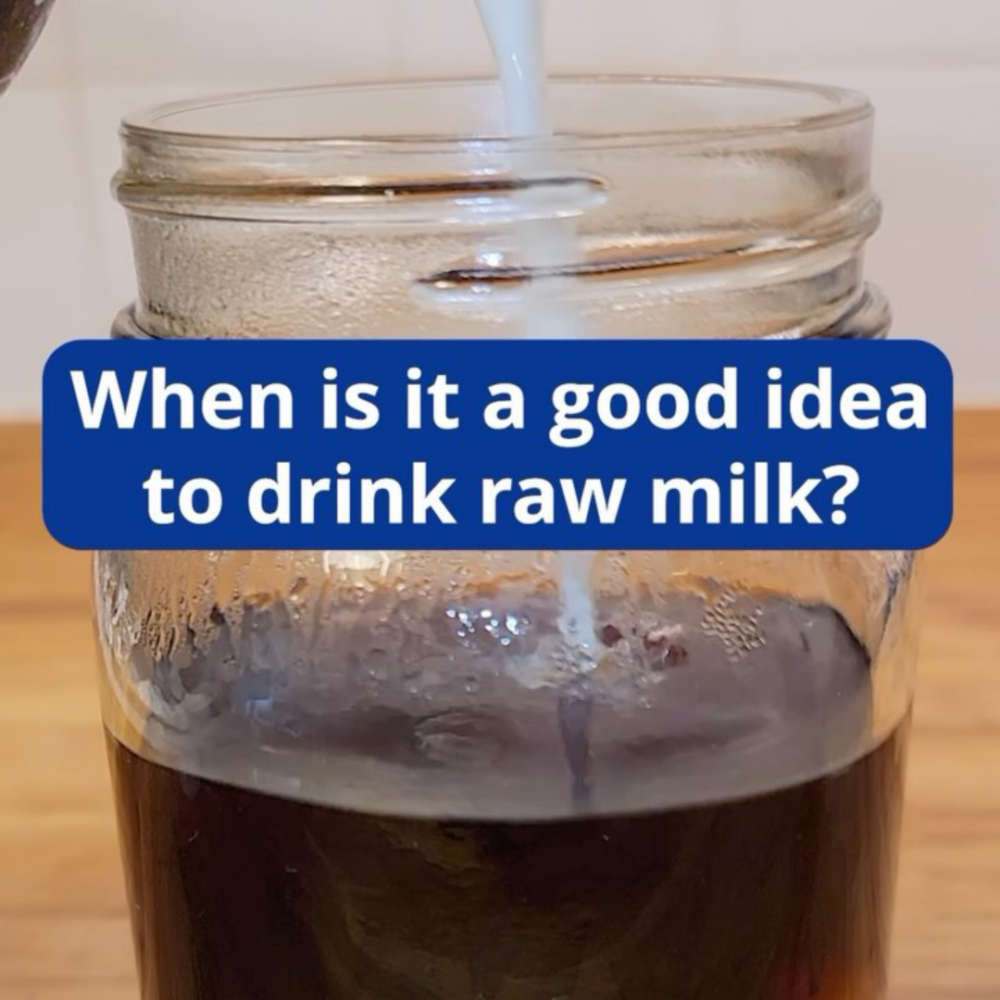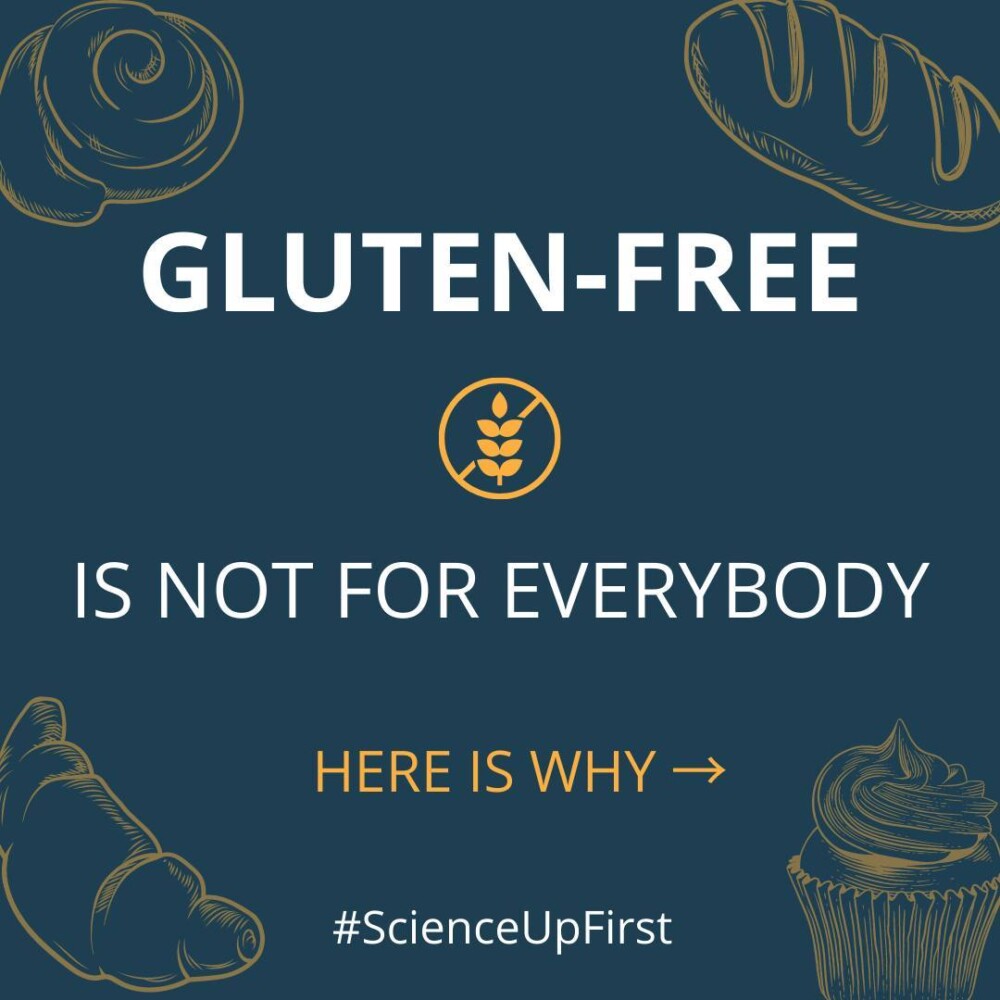
Changes to the latest food guide left you feeling sour? Maybe you had a milk-down over it?
Dairy is no longer its own category on the food guide – but dairy products are still a part of it. You’ll find them now under the protein category which should encompass ¼ of your plate (1). In 2019, the food guide was updated – and while dairy products are a great source of calcium, proteins, and vitamins (2,3), they are not the only healthy option that will provide you with these essential nutrients (1,2,4). By being on an equal footing with all proteins, the food guide acknowledges that dairy products can be replaced by other healthy protein alternatives such as plant-based options (5). For example, one cup of 1% fat milk has around 8 g of protein and 300 mg of calcium (4,6). You can get the same amount of protein from 2 tbsp of peanut butter, ½ cup of lentils, or ¼ block of tofu (4,7,8,9). You can get a similar amount of calcium in ¼ block of tofu, 1 cup of calcium fortified soy milk, and 1½ cups of cooked broccoli, spinach or soybeans (4,10).
The food guide also acknowledges the environmental impact our diet choices can have (11). Dairy production produces three times more greenhouse gasses, uses ten times more land, and up to twenty times more water than plant-based alternatives (12). There are also some concerns over animal welfare when thinking of dairy production (4)
These issues, combined with over 40% having trouble digesting lactose, could explain the slow, but steady decrease in milk consumption we are seeing in Canada (13,14,15,16,17,18).
So no, the food guide does not disregard the nutritional benefits of dairy products, but it acknowledges that they can be replaced with other healthy alternatives. The latest food guide places more emphasis on plant-based alternatives and now provides more general guidelines to promote inclusive and practical healthy eating habits (1,15).
Share our original tweet!
Did learning that dairy is no longer its own category on the food guide put you in a mooooood?
We explain why here https://t.co/UHar7txVpR
Leave your questions about dairy and dairy alternatives in the comments!#ScienceUpFirst pic.twitter.com/A9KV7B51xI
— ScienceUpFirst | LaScienced’Abord (@ScienceUpFirst) April 20, 2023
See our original Instagram post!
View this post on Instagram
- Canada’s Food Guide | FR : Guide alimentaire canadien
- Calcium-Rich Foods | FR : Aliments riches en calcium
- Dairy
- Opinion: Why it may be a good time to ditch dairy
- Canada’s Food Guide and the Dairy Industry
- Milk, fluid, 1% fat, without added vitamin A and vitamin D
- Peanut butter, smooth style, without salt
- Lentils, mature seeds, cooked, boiled, without salt
- Tofu, raw, regular, prepared with calcium sulfate
- Calcium Content of Foods
- What are Canada’s Dietary Guidelines? – SECTION 1 Foundation for healthy eating | FR : SECTION 1 Fondements de la saine alimentation – Guide alimentaire canadien
- Dairy vs. plant-based milk: what are the environmental impacts?
- Estimating Lactase Nonpersistence Distributions in the Multi-Ethnic Canadian Demographic: A Population-Based Study
- Prevalence of food intolerances Canada 2018
- Canada’s new food guide trims down on dairy — should you?
- Changes in Canadians’ preferences for milk and dairy products | FR : Changements dans les préférences des Canadiens relativement au lait et aux produits laitiers
- Dairy statistics
- FR : Statistiques laitières
- Is milk healthy? Canada’s new food guide says not necessarily




